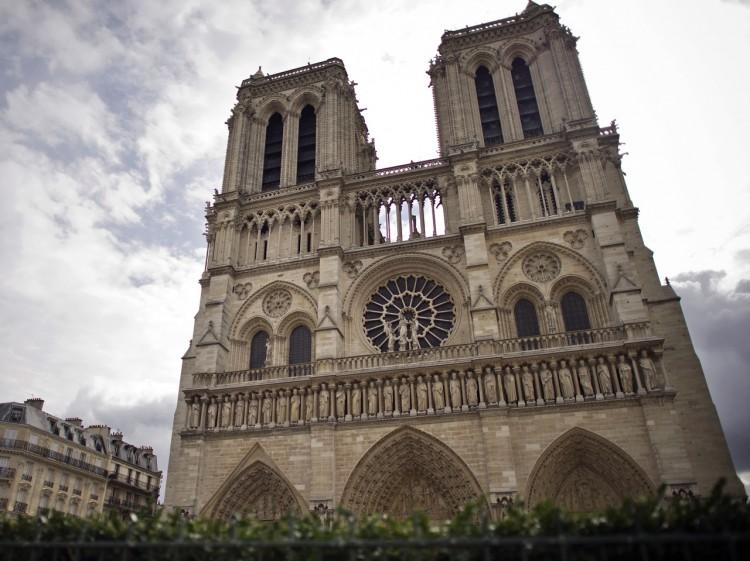Commentary
The world watched together on April 15, as the Notre Dame cathedral burned. It all happened very slowly, starting with a spark that seemed easy to extinguish, yet grew until the blaze engulfed the whole roof, until its spire fell.

The world watched together on April 15, as the Notre Dame cathedral burned. It all happened very slowly, starting with a spark that seemed easy to extinguish, yet grew until the blaze engulfed the whole roof, until its spire fell.